Travelling to the Sahara Desert for a camel trek is a popular tourist attraction in Morocco, with a variety of tours offered. If you can rent a car and slowly make your way out to Merzouga for your camel trek rather than booking the common 3-day tour from Marrakesh, I would highly recommend it. Morocco offers some of the most varied and breathtaking scenery we have ever seen. There are so many beautiful stops along the way that you will miss if you beeline it from the city to the desert. And for the driving enthusiast, the journey is a great adventure.
Here’s how we broke up the journey from Marrakesh to Merzouga: From Marrakech, we travelled inland to Ourika. This small town was the central point for a couple of day trips in the area: Setti Fadma and Imlil.
Setti Fadma
Drive Time: Ourika to Setti Fadma (45 minutes, 28km)
Beautiful scenery surrounded us as we drove through the Atlas Mountain range on our way to Setti Fadma, a town nestled in a lush valley. Known for its waterfall hike and picturesque landscapes, we were delighted by the scene as we approached. Cozied in the rock bed next to a flowing stream sat tables and chairs with brightly coloured carpets and pillows. The vibrant cafes create an inviting space to relax and enjoy a meal after your hike.
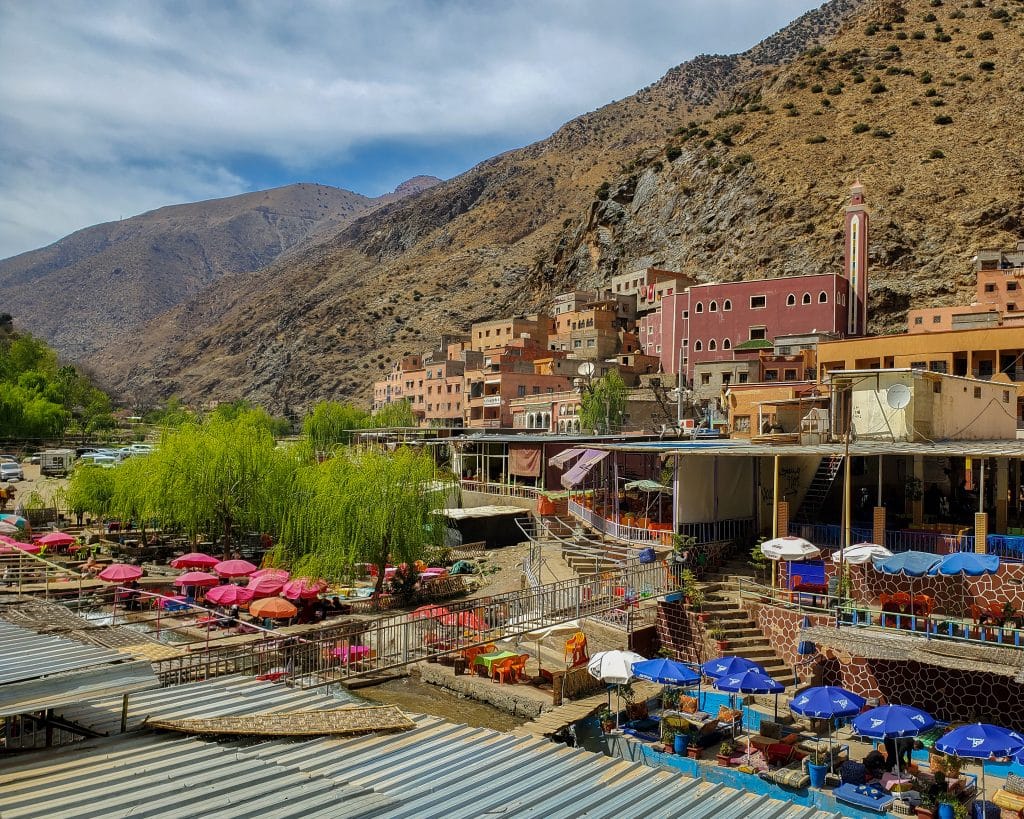
Spend the morning exploring the Waterfall Trail. Depending on how adventurous you are, there are seven waterfalls that you can hike to. Each hike is more strenuous than the previous one as you climb further up the mountain. Most people only hike to the first waterfall, a moderate hike that takes about 50 minutes roundtrip, plus time spent at the waterfall. Our boys, 8 and 11, managed the hike easily. Once at the falls, you’ll find a juice stand. Enjoy a refreshing beverage while taking in the sights and snapping photos.
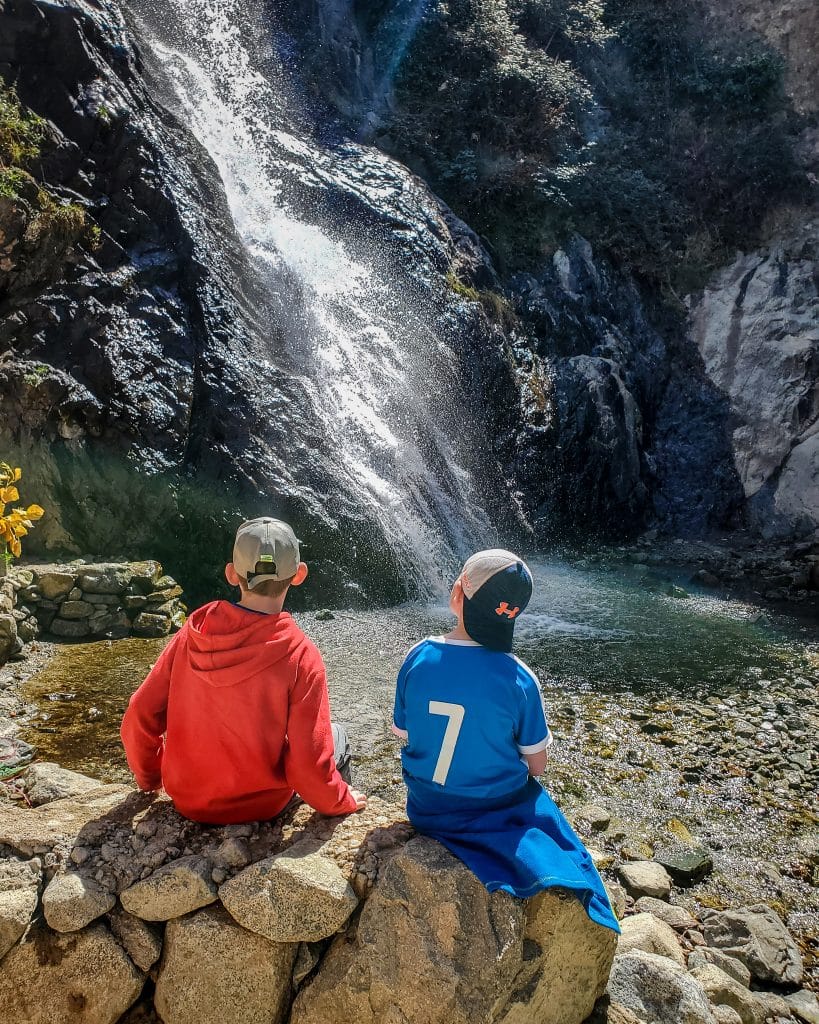
As we made our way back to town, the aroma of Moroccan spices wafted in the air, and the splashes of colour scattered amongst the vivid green landscape came back into view. Find a spot at one of the cafes and dip your toes in the cool, refreshing water while sipping on sweet mint tea or savouring a steaming tajine.
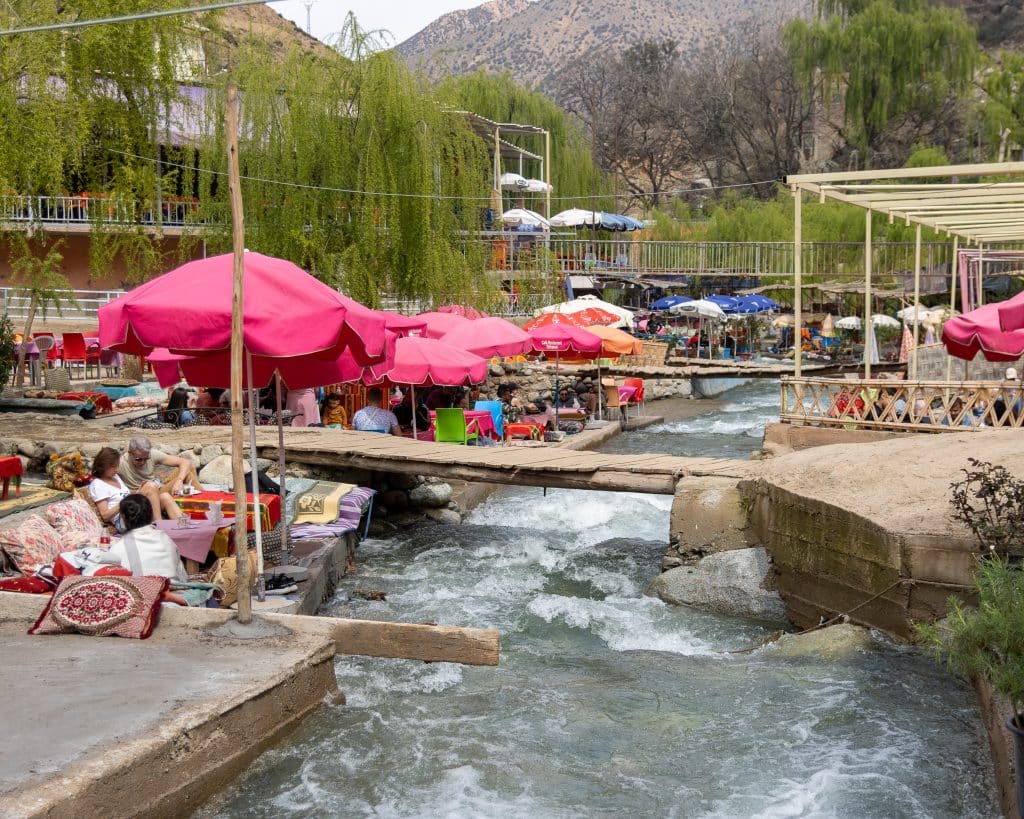
Interested in planning your day trip to Setti Fadma? Learn More: Day Trip to Setti Fadma: A Waterfall Adventure
Imlil (Atlas Mountains)
Drive Time: Ourika to Imlil (1 hour, 51km)
The thrilling drive to Imlil offered some of the most spectacular scenery we have ever seen. The rural roads between Ourika and Imlil were full of bumps and potholes in some areas, and large sections of the road were narrow, often requiring one car to hug the gravel shoulder while the other passed. Steep drop-offs without safety barriers, along with tight curves and blind corners, could make the experience a little daunting for some. We found the drive manageable at a slow pace.
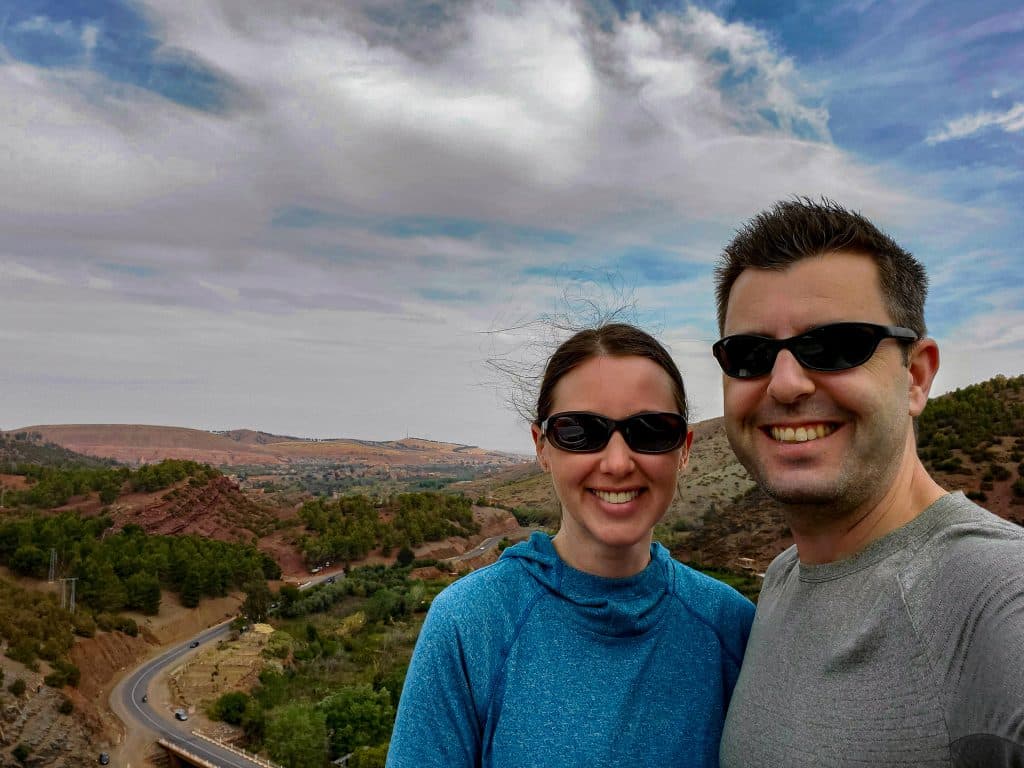
The small town of Imlil sits at the base of the Atlas Mountain range and is the place to visit if you want a hiking adventure and breathtaking views. But don’t worry; you don’t need to be a mountaineer. Imlil offers a variety of hikes, from short, easy walks to overnight treks to the summit.
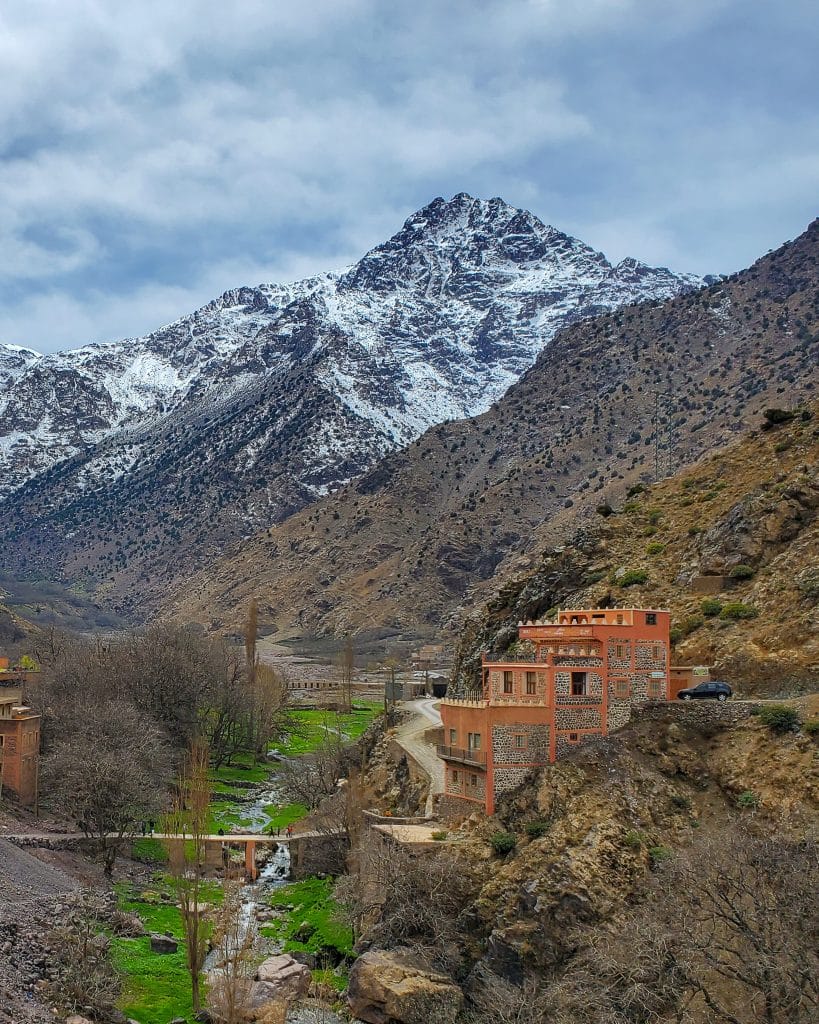
We chose the Tizi Oussem Trail, which leads to a small Berber village in the mountains and then loops back to Imlil. This trail was challenging in some areas, but we were rewarded with incredible views of the snowcapped mountains and green valleys surrounding the town.
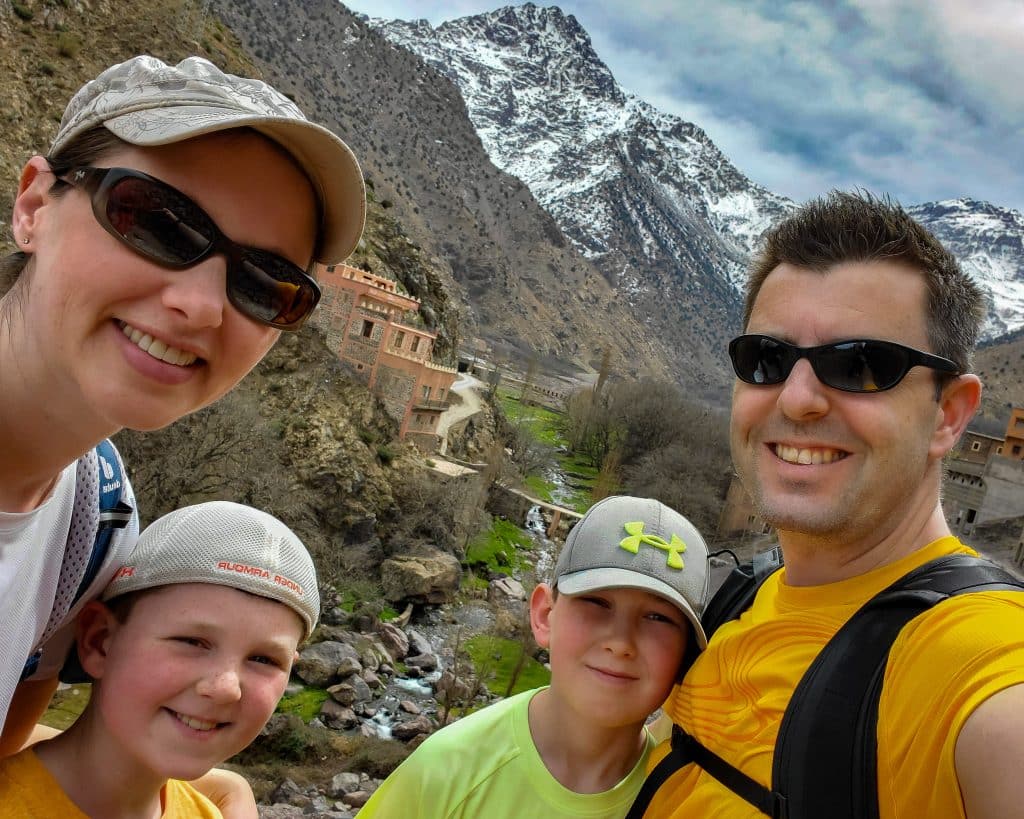
Want some practical tips for planning your hiking adventure in Imlil? Learn More: Exploring the Atlas Mountains: A Hike in Imlil
Where We Stayed
We loved the Airbnb in Ourika. It was within walking distance of markets and restaurants, and the apartment felt spacious and cozy at the same time. A bonus was a private patio with a seating area and a communal pool with lounge chairs. Plus, this unit had central heating! It was the only place we stayed that did. It felt like quite the luxury.
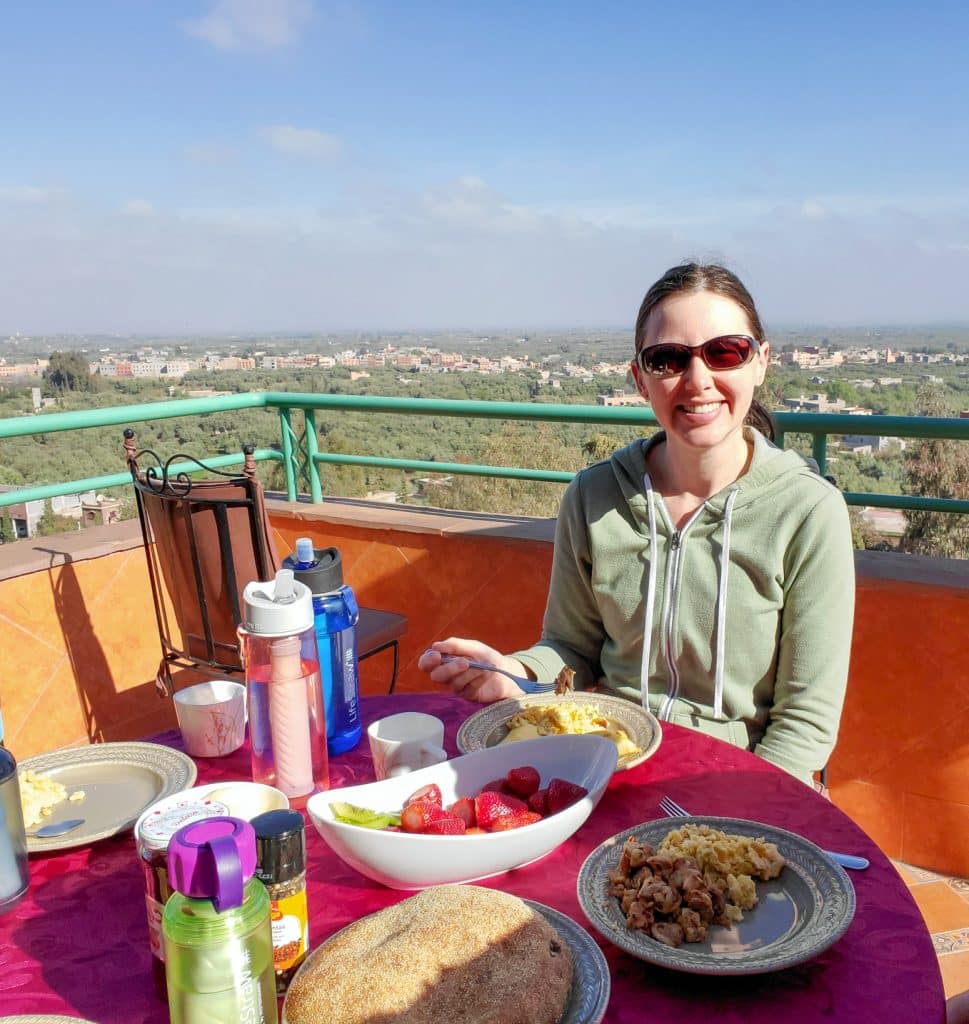
Ouarzazate
Drive Time: Ourika to Ouarzazate (3.5 hours, 204km).
Sometimes, on road trips, you find that the drive itself can be an attraction on its own. This is how we felt about the winding road and ever-changing scenery on our journey from Ourika to Ouarzazate.
We travelled through the Atlas Mountain pass, moving from a grass-covered valley to copper-coloured hills and up to the snowcapped peaks. Each section was a marvel on its own. The elevation seemed never-ending. As we continued to climb, cooler, darker weather emerged, and a strong, brisk wind picked up, pushing the car side to side. The weather changes culminated at the summit when we experienced a light snow dusting.
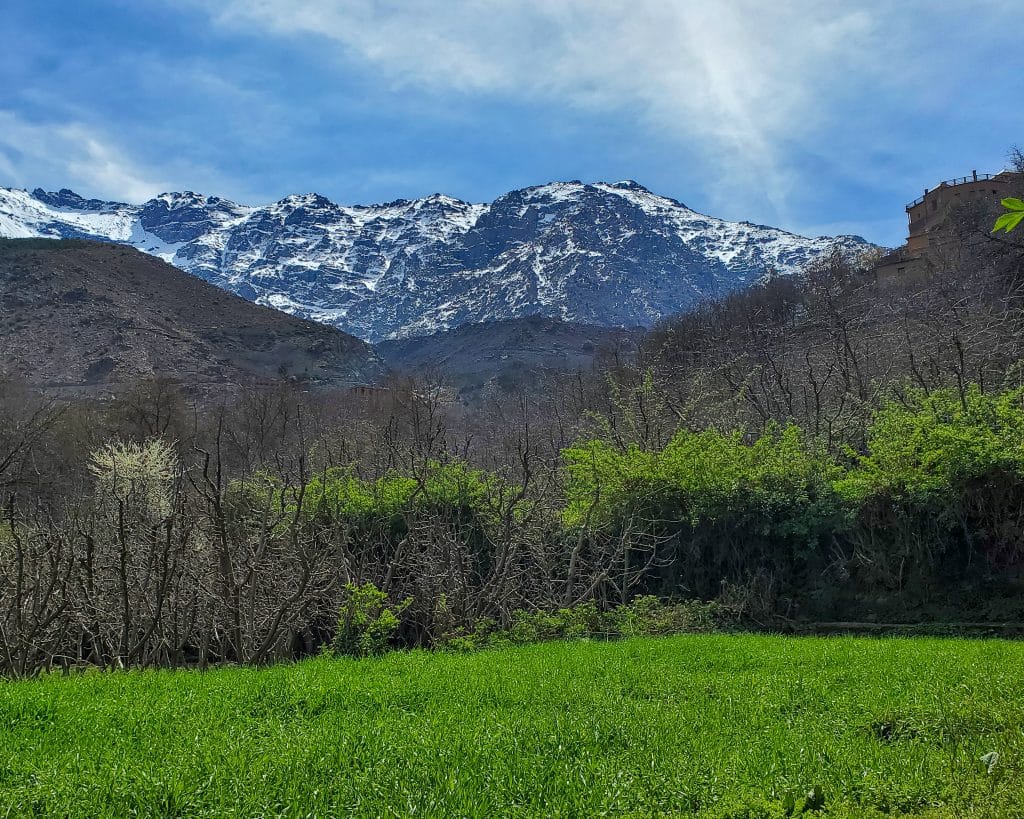
The modern road that weaved in and around the mountain’s silhouette added to the beautiful backdrop, making the drive fun and interesting. A change from anything we have experienced since arriving in Morocco, this stretch of highway had smooth paved roads, wide lanes, including intermittent passing lanes, brightly painted lines, and functional guard rails.
Once through the mountain pass, we travelled through several small towns, observing the architecture from one place to another. Toward the end of the drive, we entered a long stretch of desert. There was very little to see except for the odd herd of goats or sheep, but the green valleys and the snowcapped Atlas Mountains could still be seen across the horizon. As we approached our destination, dark clouds hovered overhead in the distance, with curtains of rain that looked like fingers reaching down from the sky.
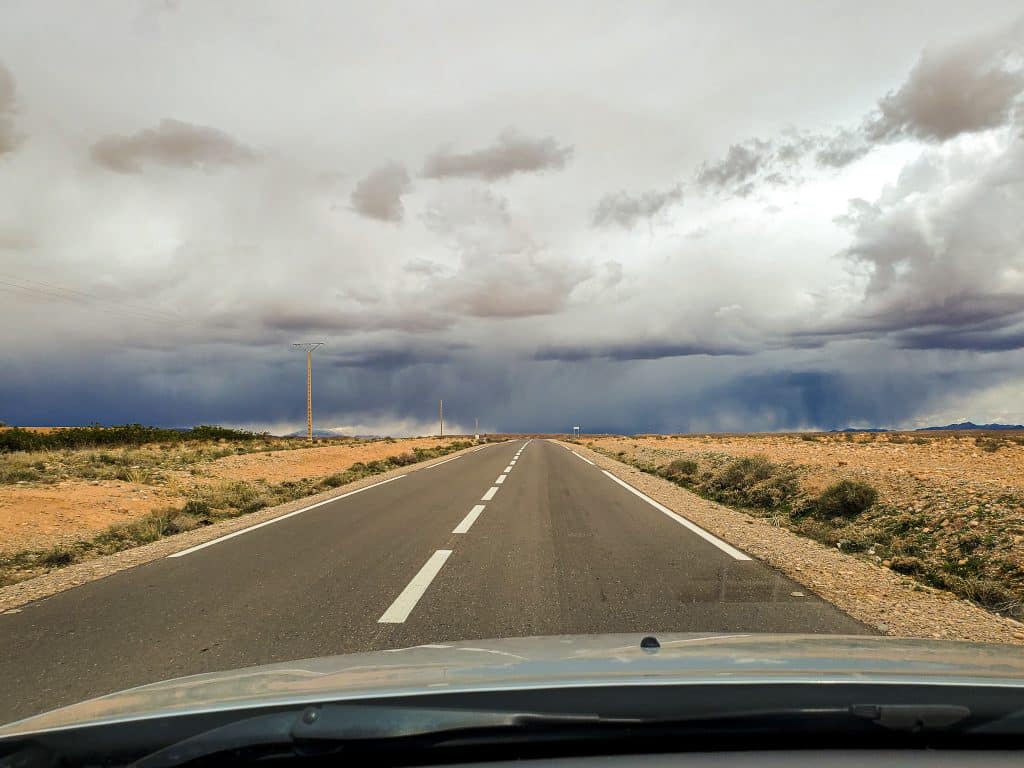
Known for its role in the film industry, people often stop in Ouarzazate to visit the many film studios and sets in and around the large town. In many ways, Ouarzazate felt more like a town in Southern California than Morocco, with its enormous billboards marking the entrance to the city and the main street lined with streetlamps and palm trees.
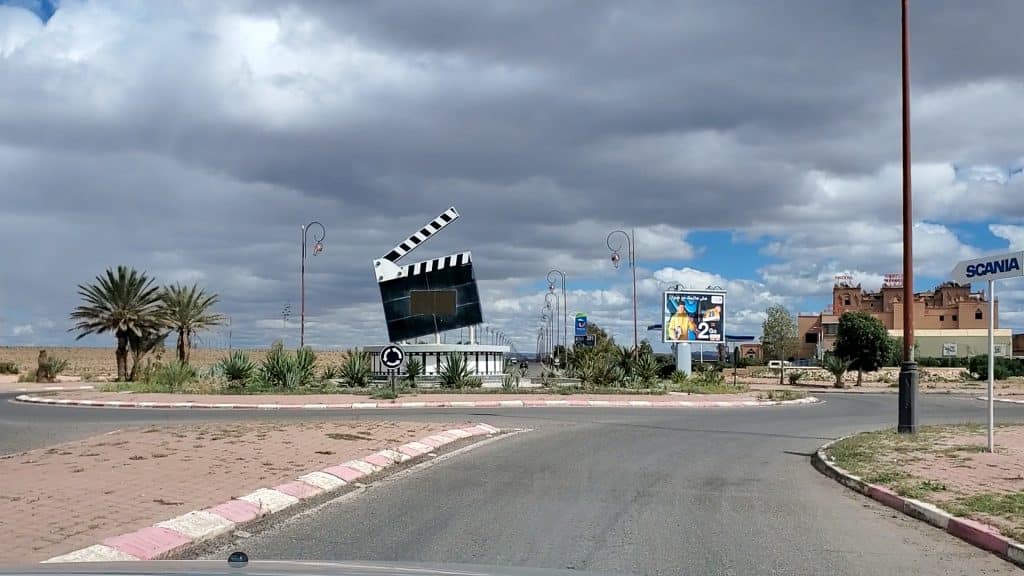
Our main reason for staying in Ouarzazate was its proximity to Aït Benhaddou, a UNESCO World Heritage Site.
Tip: Locals urged us to forego the expensive studio tours in Ouarzazate, with paper mâché replicas of historical artifacts, and instead explore the movie magic at Aït Benhaddou for a more authentic experience. The Ksar site is free and full of fascinating movie history.
Aït Benhaddou
Drive Time: Ouarzazate to Aït Benhaddou (30 minutes, 30km)
Aït Benhaddou is a small village that stands tall on the foothills of the Atlas Mountains, next to the Ounila River. The fortified village, or Ksar, dates back thousands of years, but today’s buildings are mainly from the 17th and 18th centuries and showcase aspects of Berber and Moroccan architecture. The red structures are made from mud and straw, creating a strong clay material that is cool in the hot summer months and insulating during the cold winters.
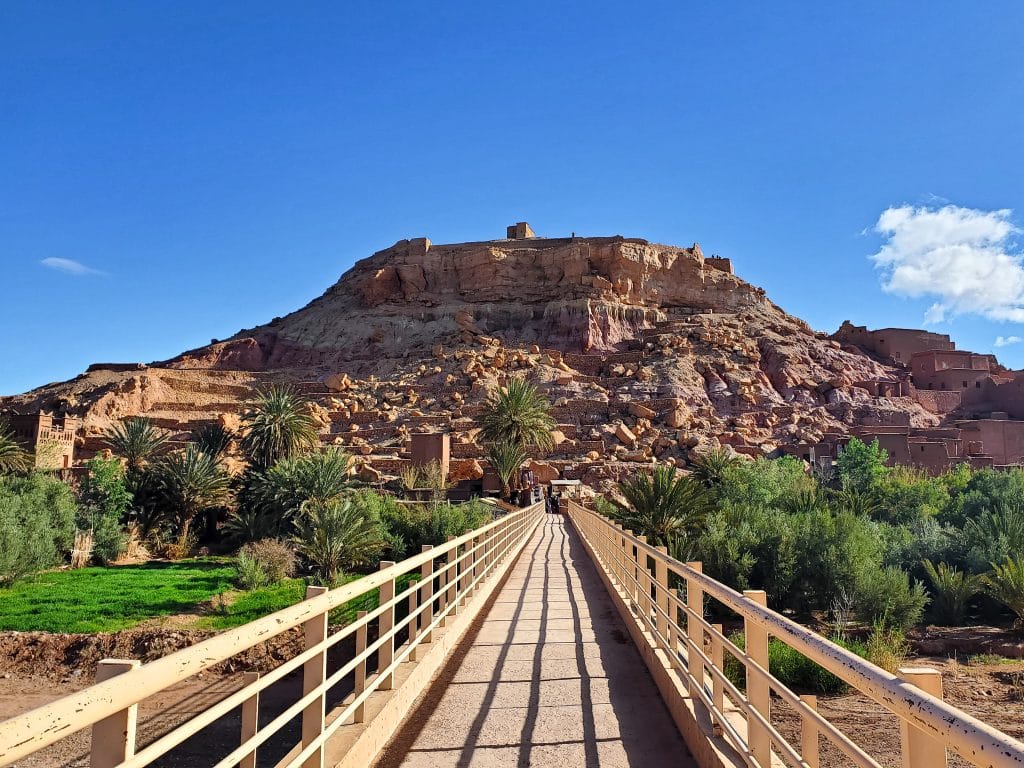
The Ksar was initially built to protect the inhabitants; however, over the years, Aït Benhaddou became a major trading route between the Sahara Desert and Marrakech. Today, only a few Berber families continue to reside here, and people from around the world visit to admire the ancient architecture. More recently, the design of the fortified wall with corner towers, elaborate gates, and winding corridors has also made the Ksar a sought-after location for filmmakers and is a must-see for any film enthusiast. Many famous movies, including Indian Jones, Gladiator, and Laurence of Arabia, and T.V. series such as Game of Thrones, have been filmed here.
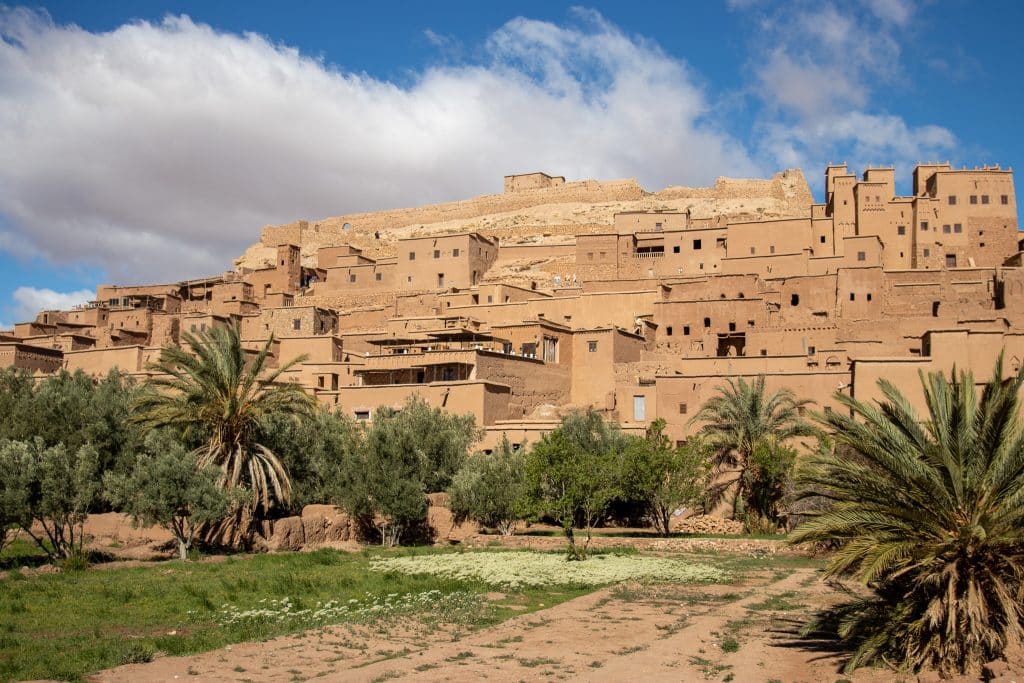
While exploring the ancient corridors that weave between closely placed homes, you’ll feel as though you’ve been transported back in time —imagining what it must have been like to live there, with the flurry of trade activity, the battles the armies fought, the celebrations the villagers participated in.
We climbed to the top of the Ksar despite the cold, fierce wind trying to push us back down and were rewarded with amazing views of the Ounila Valley and surrounding mountain ranges. The boys loved the freedom of exploring and climbing the many staircases, stopping at different levels to gaze below or admire the paintings and crafts of Berber artisans. One of the highlights was searching for the exact spot where a famous movie scene was shot and snapping a photo of us in it.
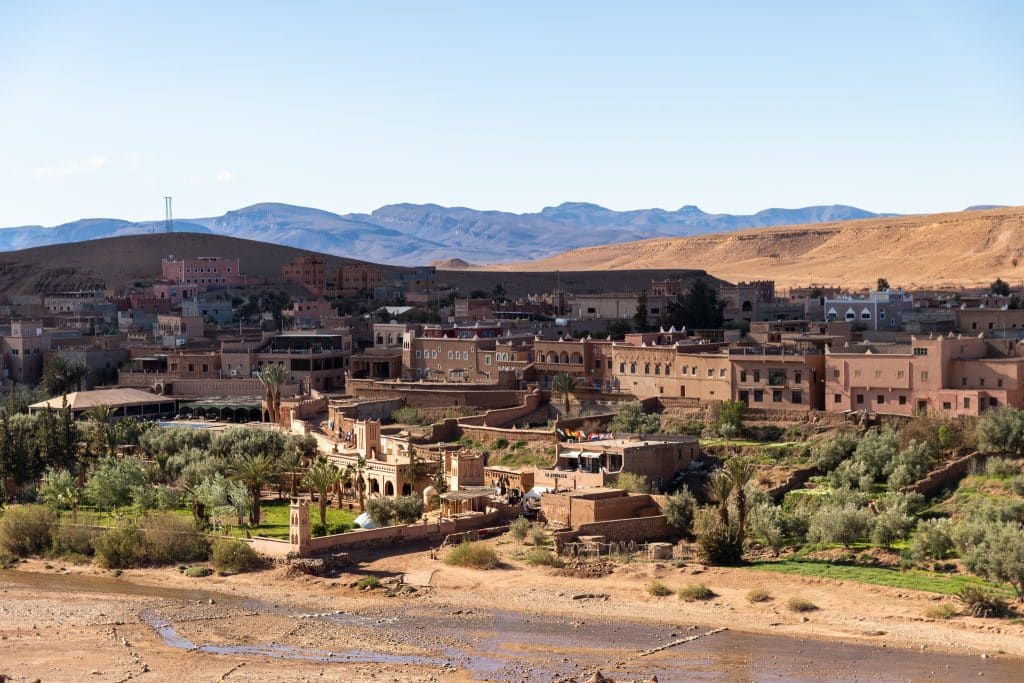
Tip: When visiting Aït Benhaddou, arrive as early as possible to avoid the many tour buses that will come later in the day. We were lucky to experience the fortress, primarily to ourselves. The staircases and pathways were deserted, with just a few local vendors setting up.
Whether you love architecture and history or are a movie buff, visiting Aït Benhaddou is a memorable experience.
Dadès Gorge
Drive Time: Ouarzazate to Dadès Gorge (2.5 hours, 132km)
Overnight in Tinghir (1 hour and 15 minutes from Dadès Gorges,70km)
Dadès Gorge is a stunning natural wonder near the town of Tamellalt. It offers several hiking trails and scenic views. We spent an entire day exploring the area, but it’s still worth stopping on your way to Merzouga if you’re short on time.
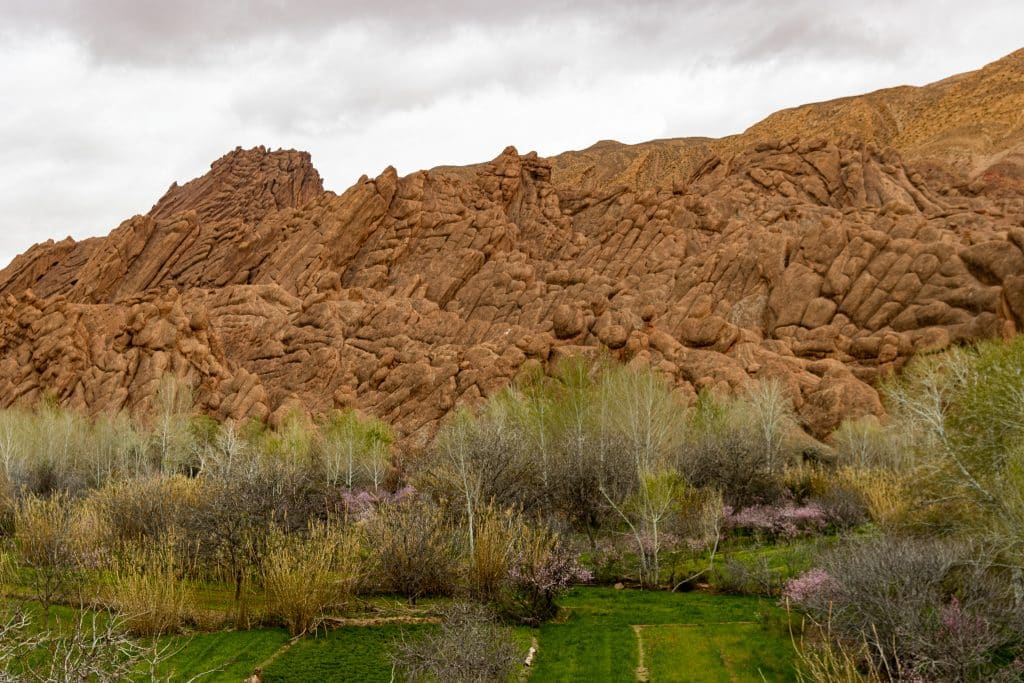
Monkey Fingers is one of the most popular hikes in the area, known for its unique rock formations that resemble fingers. This slot canyon hike is a fun yet challenging experience with beautiful rock formations, deep canyons, scrambling, and sweeping views of Dadès Gorge. Be sure to check out Dadès Valley Switchback once you’ve finished your hike. The scenic drive, famous for its hairpin turn, is entertaining for any driving enthusiast and the views of Dadès Gorge from the summit are incredible.
To plan your family hike, check out – Exploring Dadès Gorge: A Family Hike the Monkey Fingers Trail
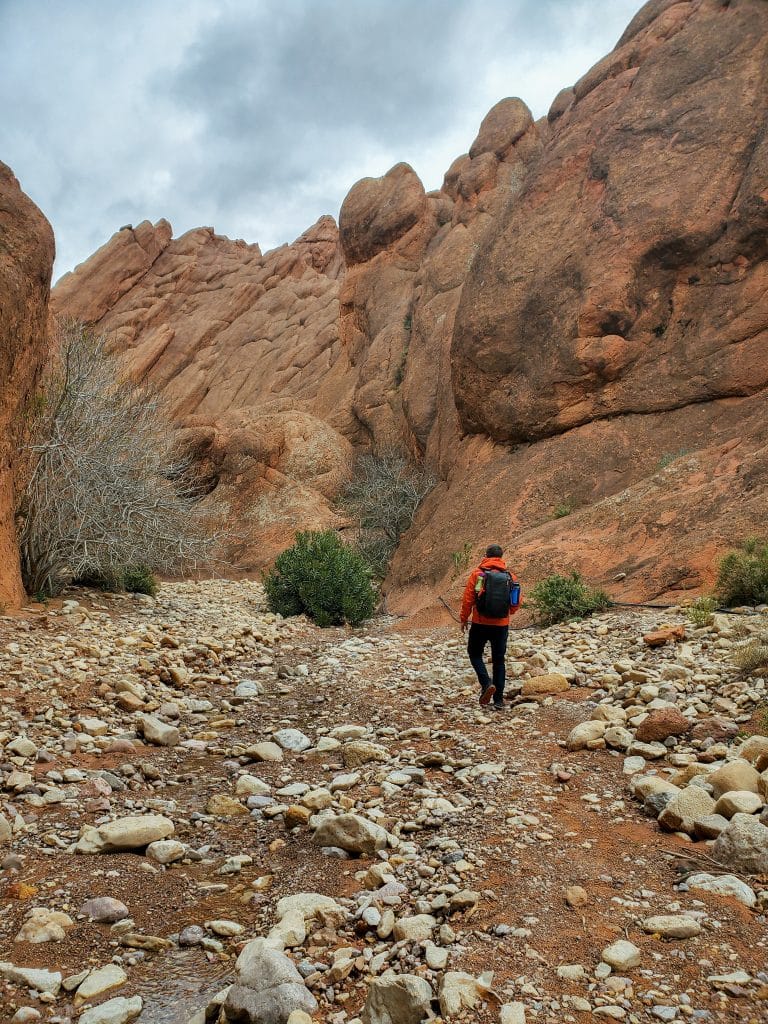

Where We Stayed
We stayed at Le Retour au calme Maison d’hôtes, in Tinghir (one hour from Dadès Gorge). This was our first time staying in a hostel with kids, and we had a great experience. The small room, with three beds and a private bathroom, overlooked the courtyard and had a fantastic community feel. The boys loved playing ping pong and chatting with the hosts and other guests. In addition, our stay included a delicious Moroccan breakfast and access to a communal kitchen for lunch/dinner prep. The breakfast was so large, with crepes, cakes, cheese, yogurt, and omelets, that we often didn’t need lunch. The only downsides were the unreliable Wi-Fi and extra charges for heating in the room.
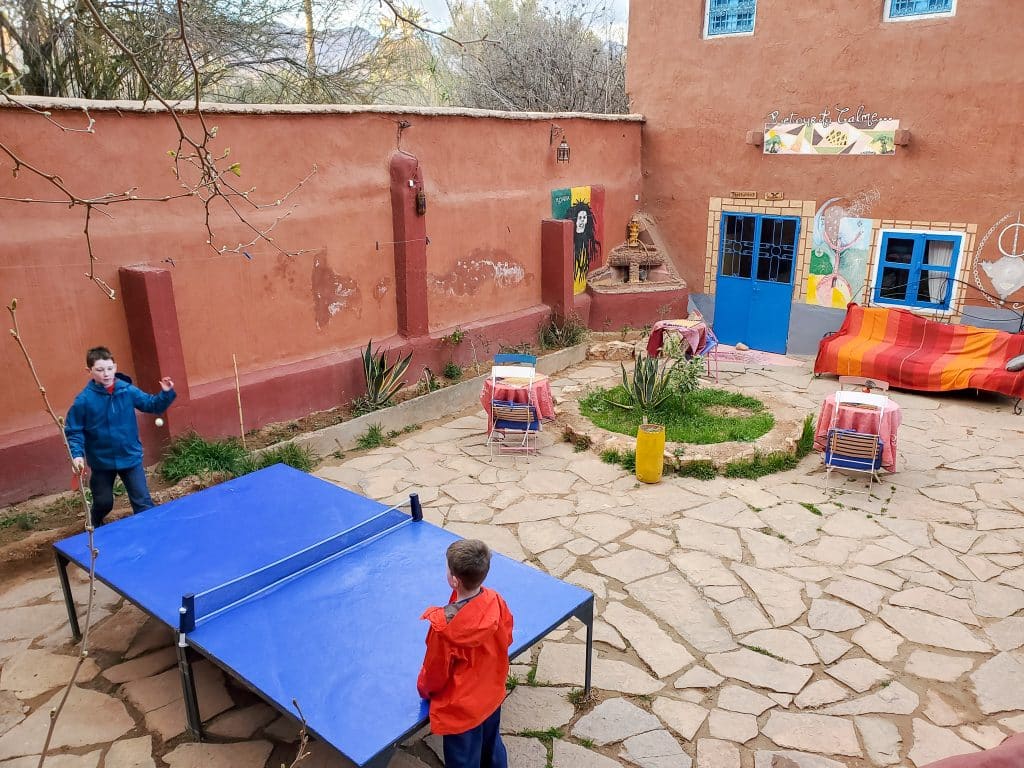
Camel Trek
From Tinghir, it’s approximately a 3-hour (195km) drive to Merzouga, where your camel trekking adventure awaits!

Tips on Road Tripping in Morocco
Before setting off on your road-tripping adventure, there are a few things you should know.
• Drive side: Right
• International Driver’s License Required: No
• Rental Costs: Car rental – small 4-door hatchback $ 20 CAD/day plus fuel. (As of Feb 2022)
Note: If you are travelling with young children, bring your own car seats and booster seats as they are not provided by car rental companies.
Watch Out for Speed Signs
While driving in both the cities and the outskirts, take it SLOW. Speed traps are frequent, as in every few kilometres! There is no flexibility. The police will pull you over for minor infractions. We were once stopped for going 62km in a 60km zone. In addition, the speed limit changes constantly. As a passenger, I was on sign duty, and keeping a lookout for changing speed limits was a full-time job. Luckily, even with being pulled over a whopping four times in four weeks, we never received a ticket. We admitted fault and apologized, and the police officer let us on our way.
Driving in Morocco
Driving in Morocco is hectic in large cities. Roads are busy, and drivers tend to push their way into narrow spaces between cars, particularly in traffic circles. We would often joke that the most aggressive driver wins. Traffic rules are not always followed. For example, we witnessed cars going the wrong way down one-way streets, driving on sidewalks, and ignoring traffic lights. Motorbikes add to the chaos, weaving in and around cars to reach the front of the line at intersections. Vehicles tend not to stop for pedestrians, even at traffic lights or crosswalks. Be mindful of pedestrians. Locals tend to step out into the streets and zigzag between cars until the vehicles slow or stop, often inches from them.
Once outside of the city, driving is more relaxing as there are far fewer cars. There are many paved roads between cities, but some rural roads are more challenging. You will also travel on gravel or unevenly paved roads with potholes, one-lane or two-narrow-lane roads with little to no shoulder, and roads without safety features such as guardrails.
Ready to Explore Morocco?
Check out these related posts to help plan your trip:
• 27-Day Morocco Road Trip Itinerary
• Exploring Marrakech Medina
• Pros and Cons of Staying in a Medina

